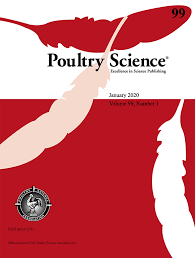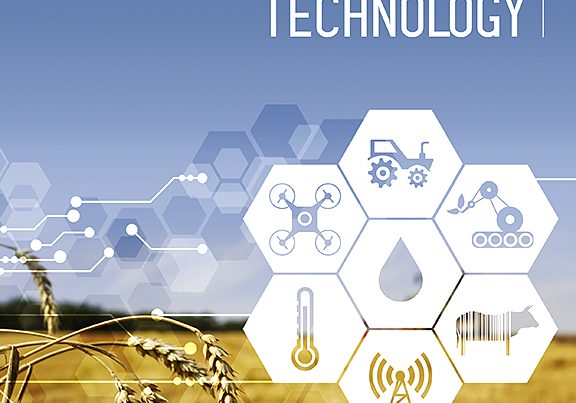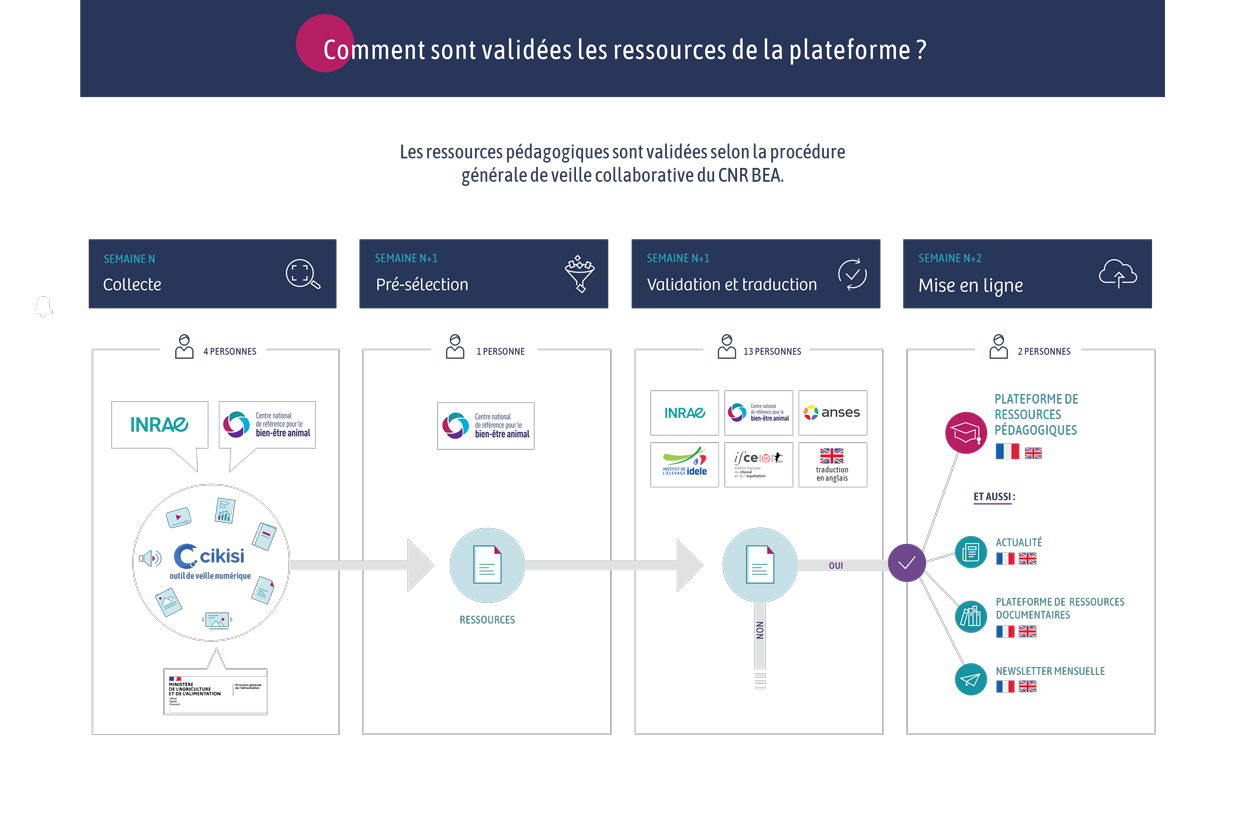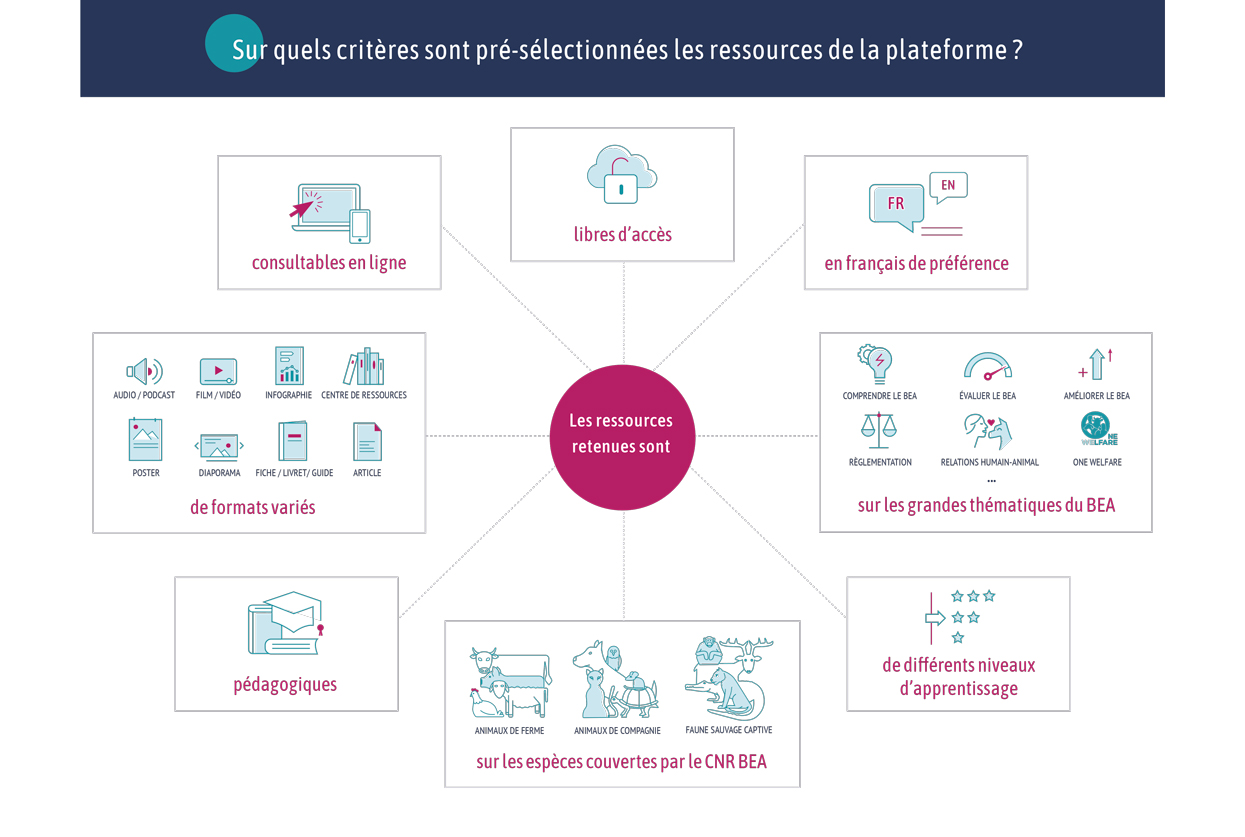Document type: article published in Science
Author: Christa Lesté-Lasserre
Preview: Scientists around the world are turning to AI to decipher the facial expressions of animals, from sheep to horses to cats. Some have already developed algorithms that are faster and more accurate at recognizing signs of pain and distress than the most attentive humans. These tools could usher in a new era of caring for animals that gives higher priority to their health, welfare, and protection [...]. There are tantalizing hints that they could go even further. Eventually, AI might even outshine humans in interpreting a range of more complex emotions akin to happiness, serenity, frustration, or fear [...]-feelings that are equally important to understand if we are to give animals the best possible lives. But like most scientists contemplating the powers of AI, animal behavior researchers worry about putting too much stock in machines, especially when animal welfare is at stake. [...] Experts in the field have become skilled at manually coding [...] facial movements in animals, which could-in theory-allow for welfare checks. But it's incredibly tedious work [...]. Human coders need an average of 100 seconds to identify the various facial muscles and code their positions in a single image, or 2 to 3 hours for 30 seconds of video. AI, on the other hand, can do the same task almost instantaneously-but first, it has to be taught. [...]Computer scientist Anna Zamansky [...] dreams of developing an artificial intelligence that can interpret a range of emotions in dogs [...] Zamansky began by developing facial recognition software to help people find their lost dogs. Owners upload a picture of their dog's face to the software, which scans for a match in a database of images of strays submitted by concerned strangers. Zamansky [...] have donated the technology to relief organizations working in Ukraine and in flood zones in Brazil, where it has helped reunite dozens of lost dogs with their owners. More recently, the team has turned to a more difficult task: using AI to pinpoint the often subtle signs of discomfort in animals' faces. [...]Read full article here





